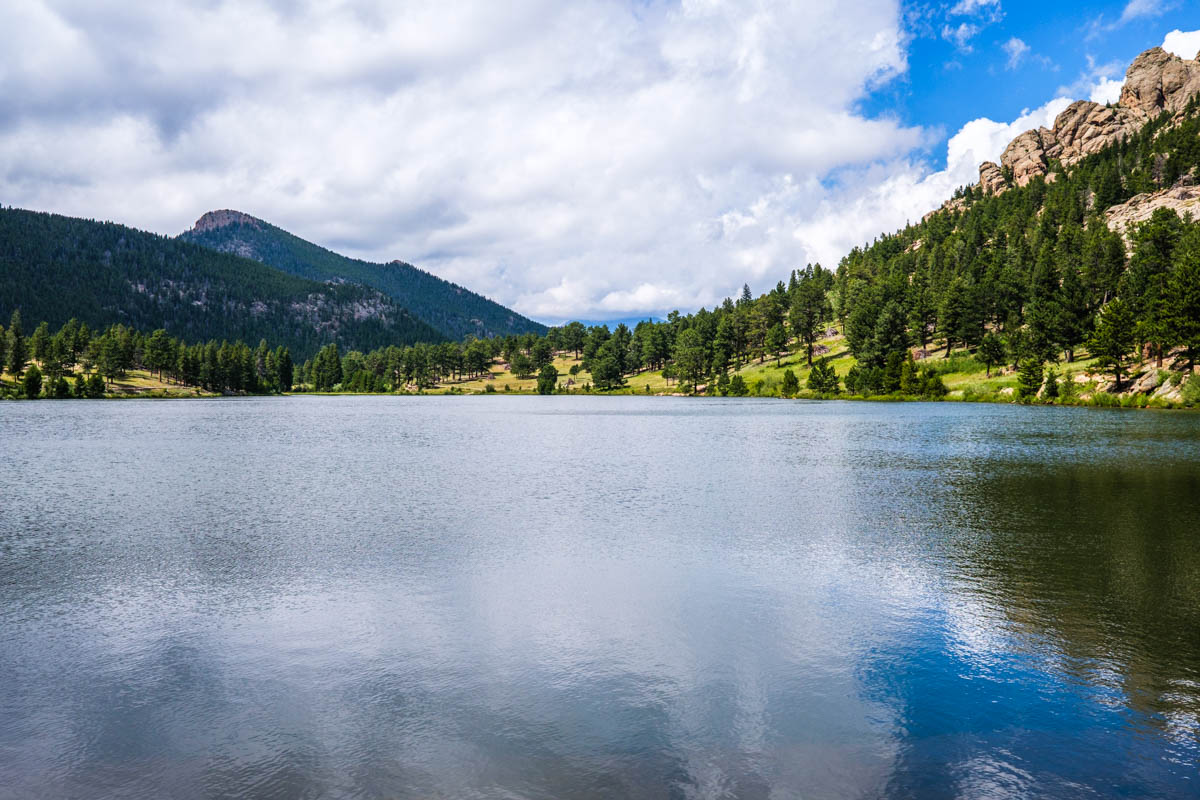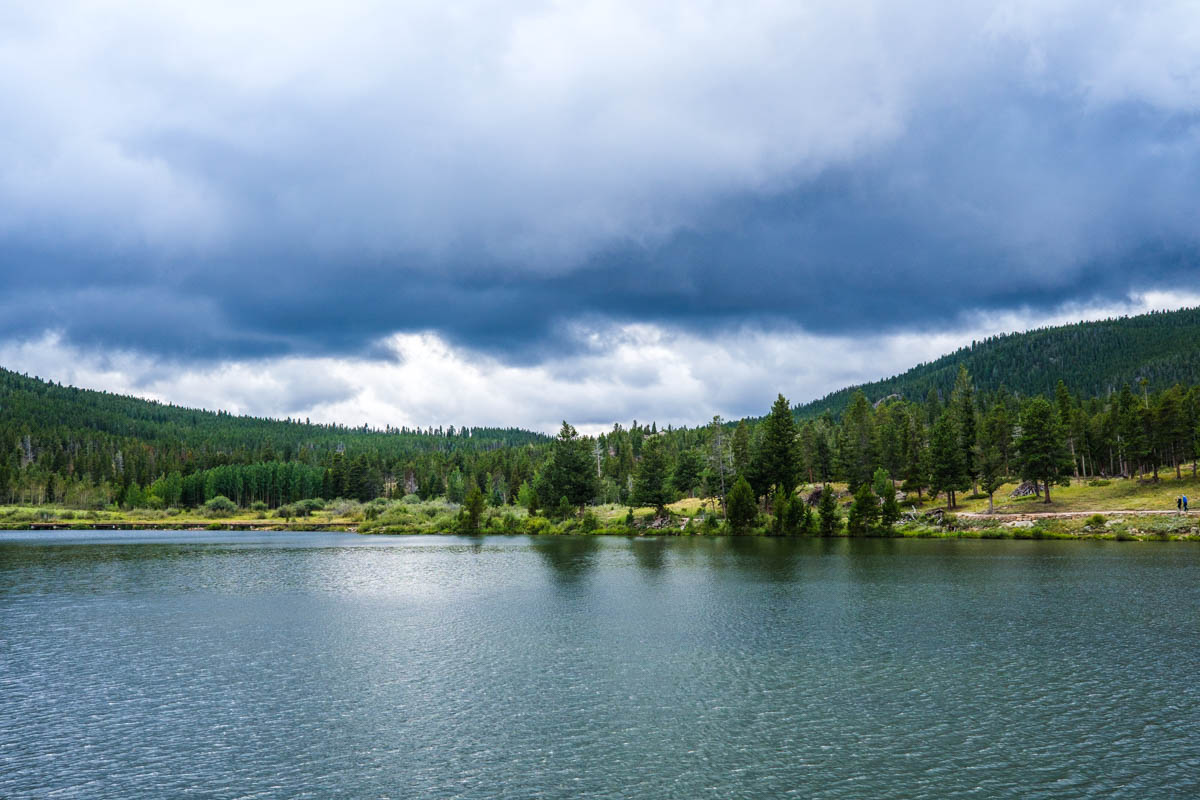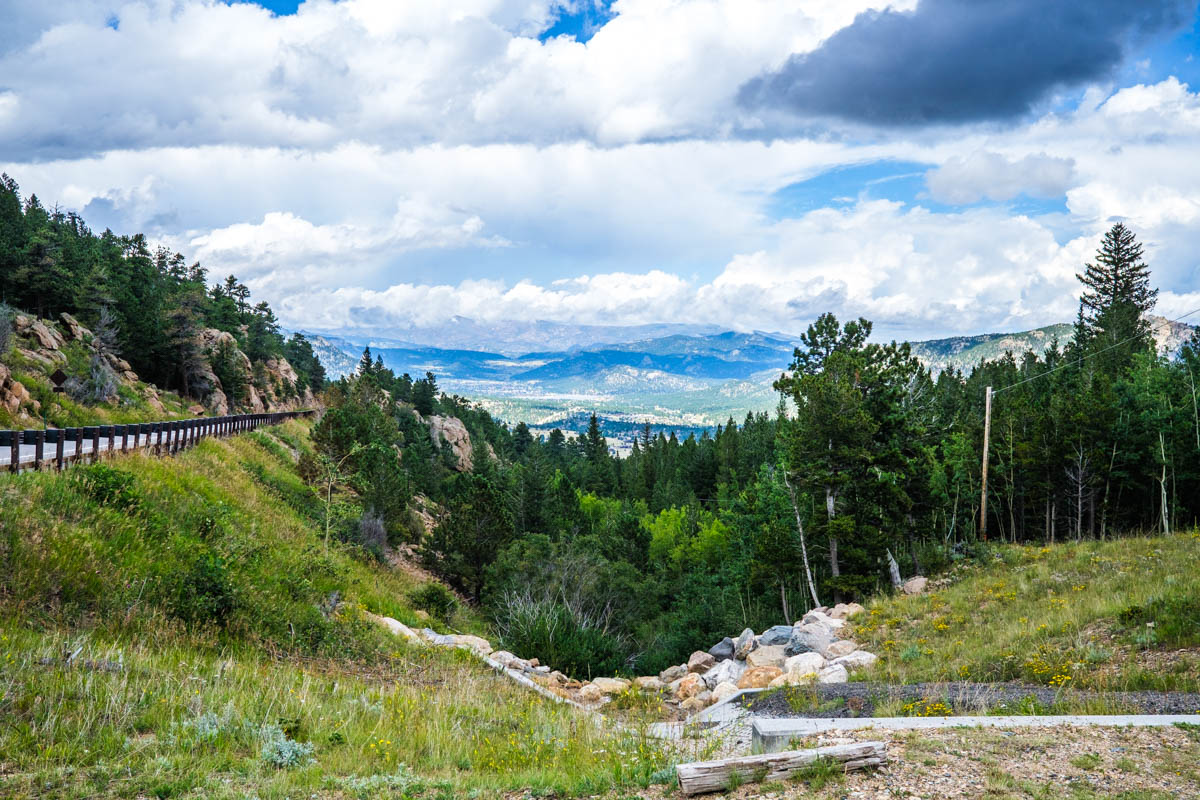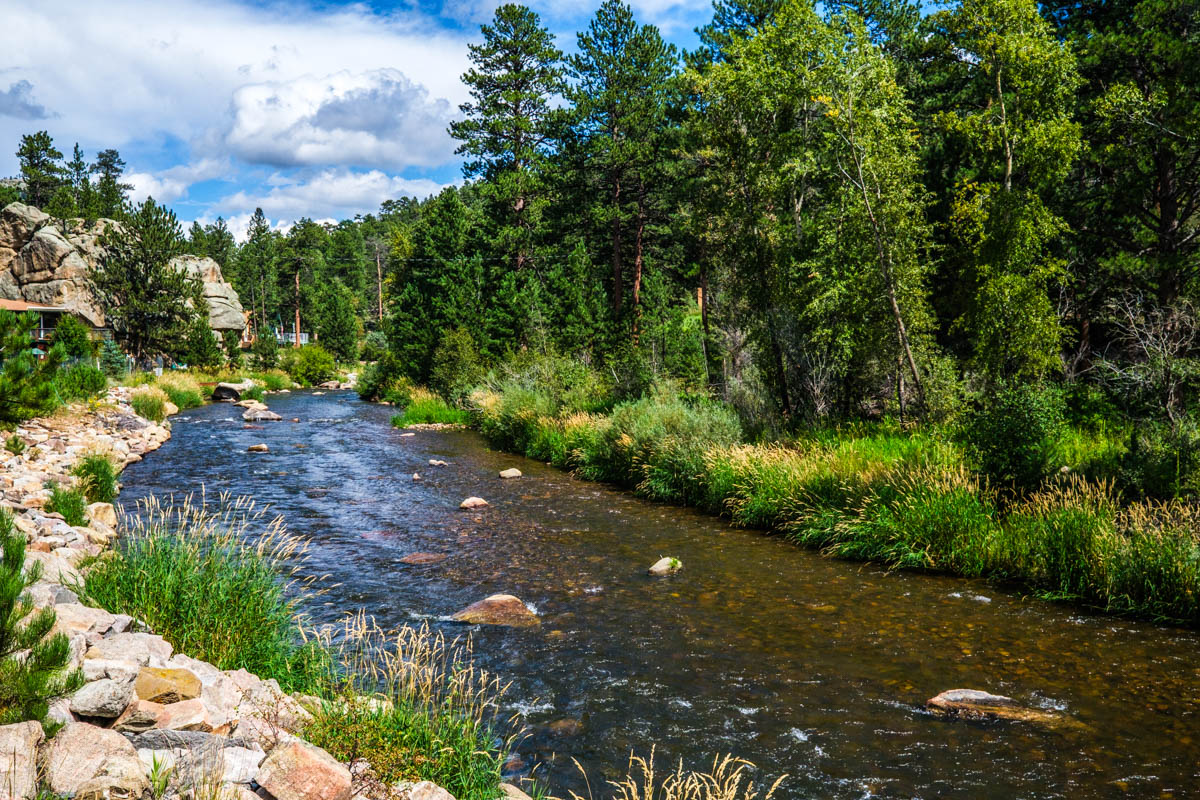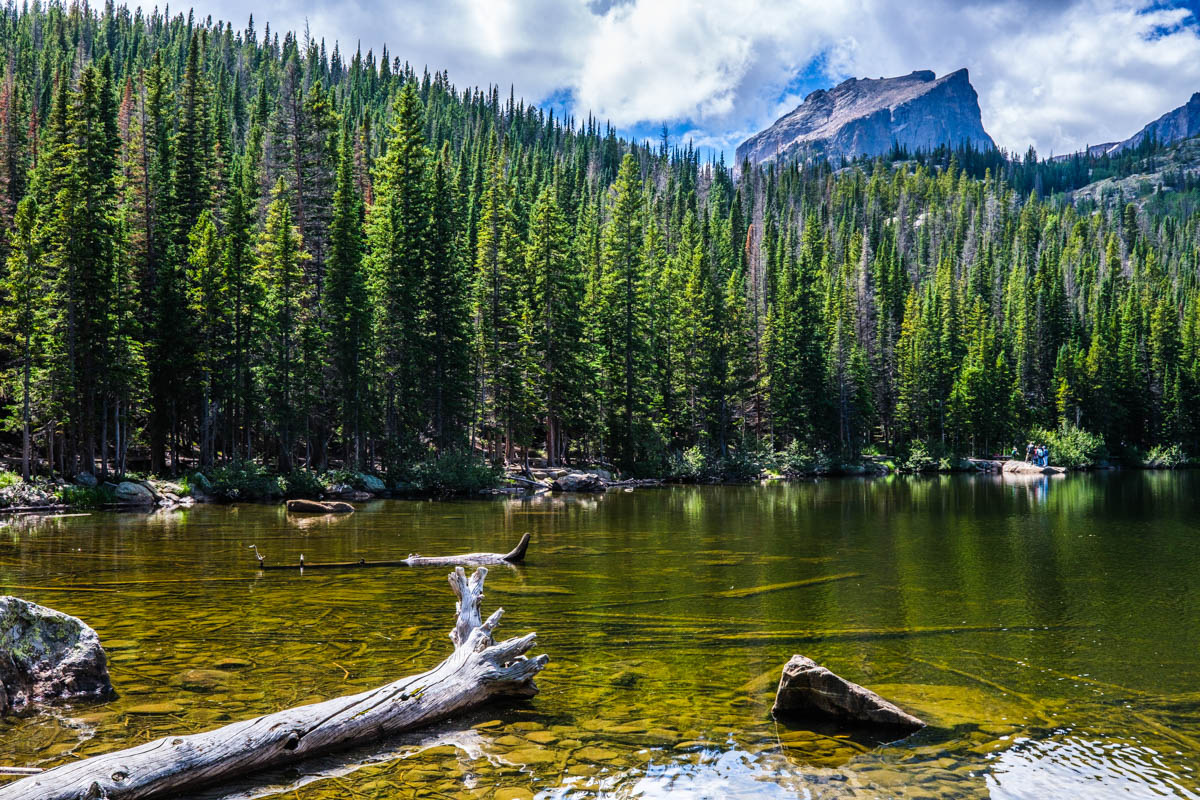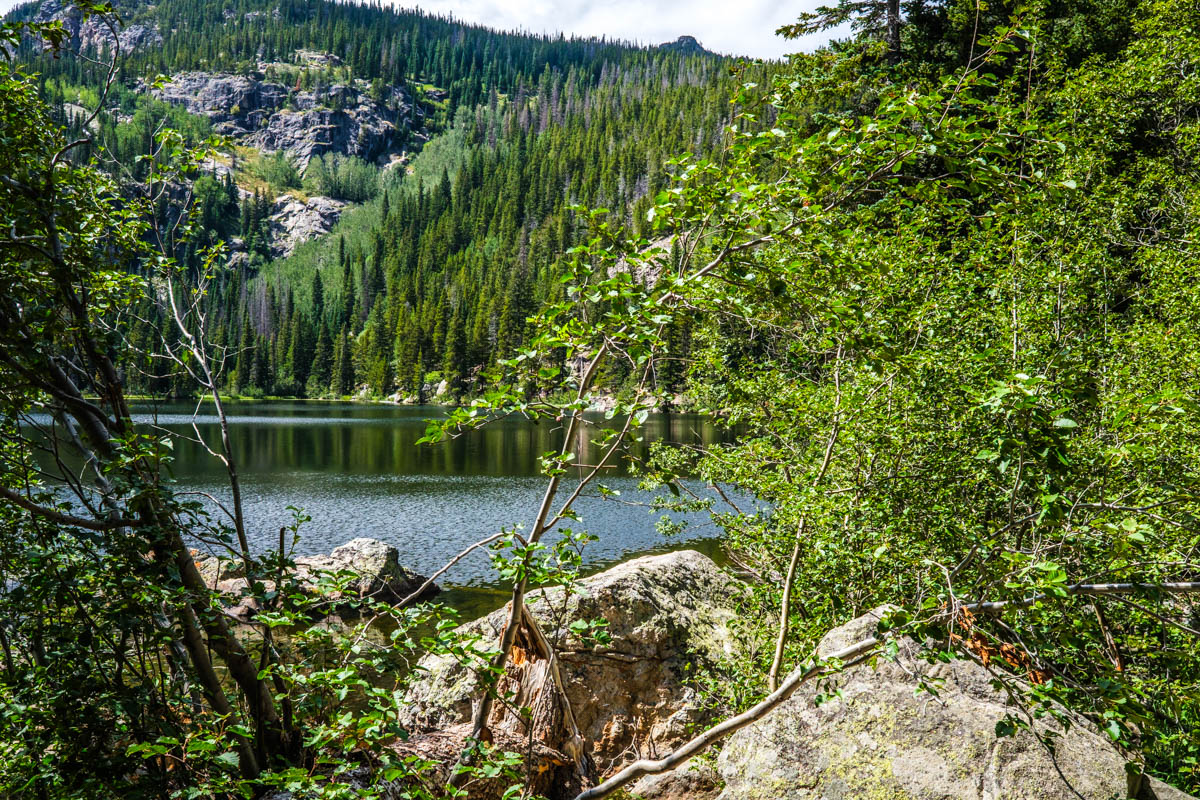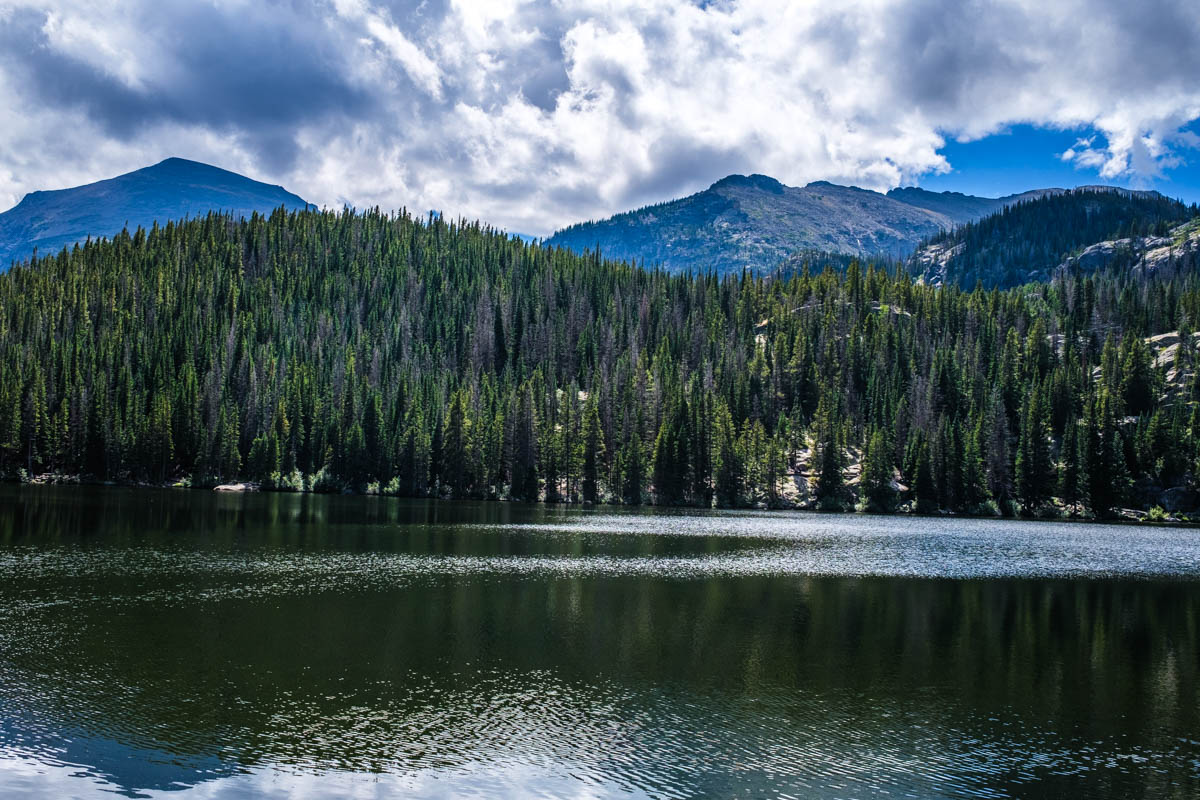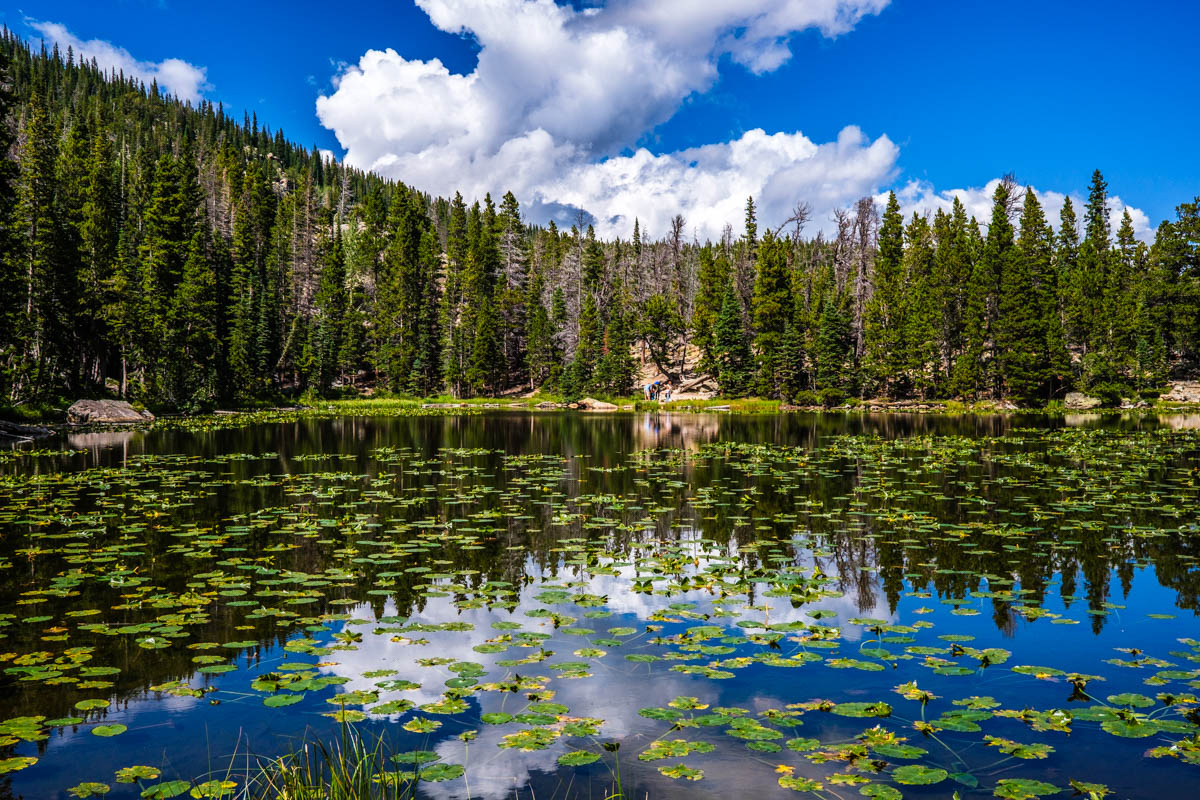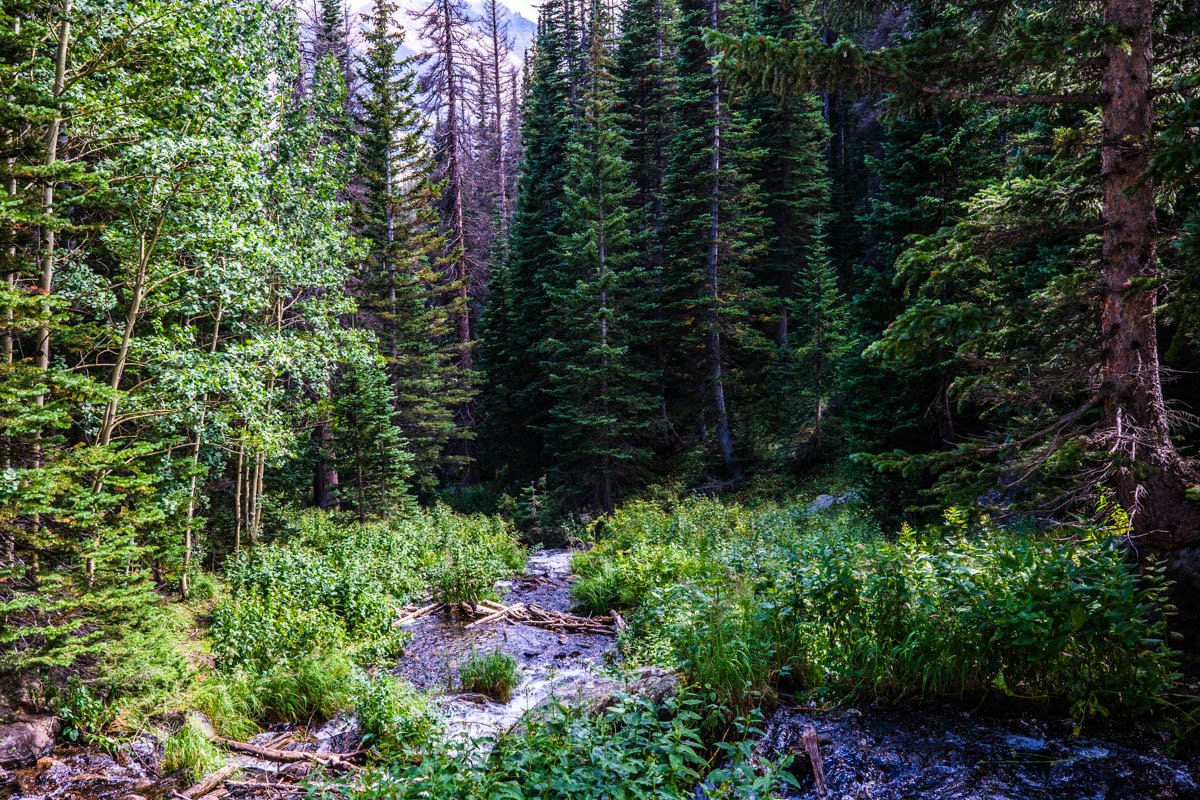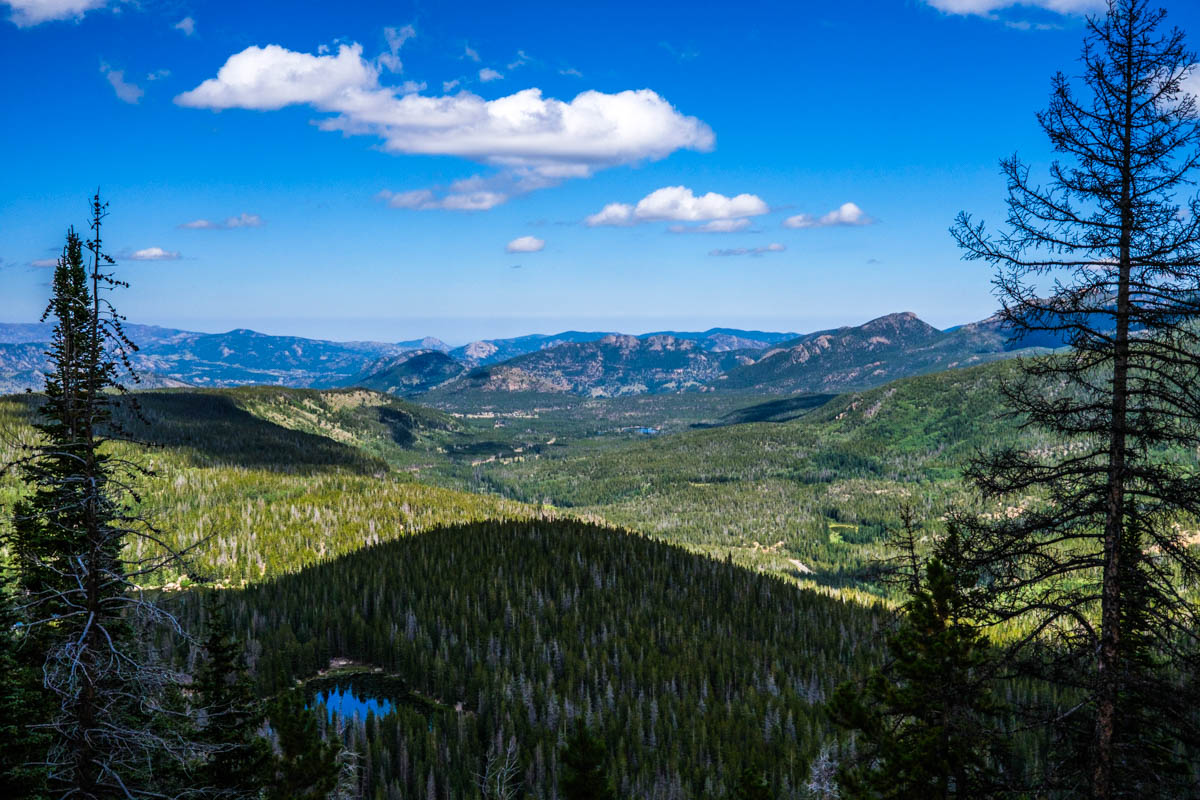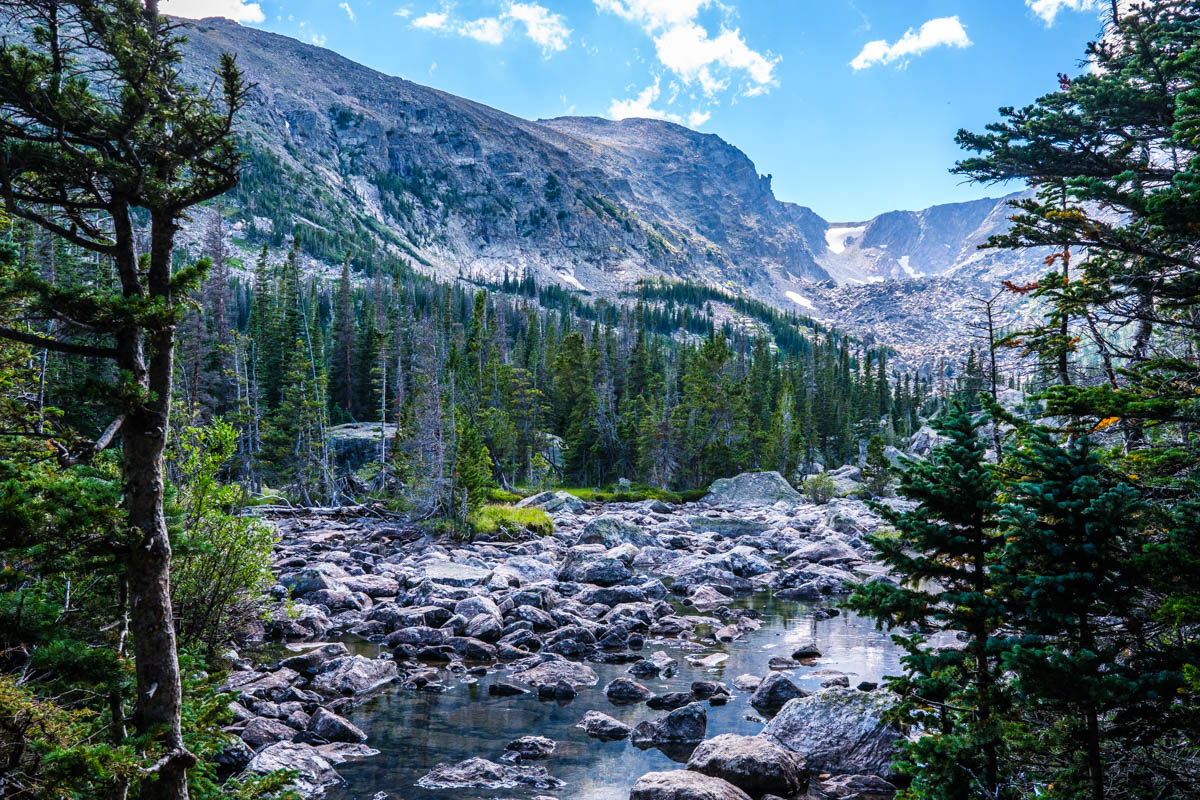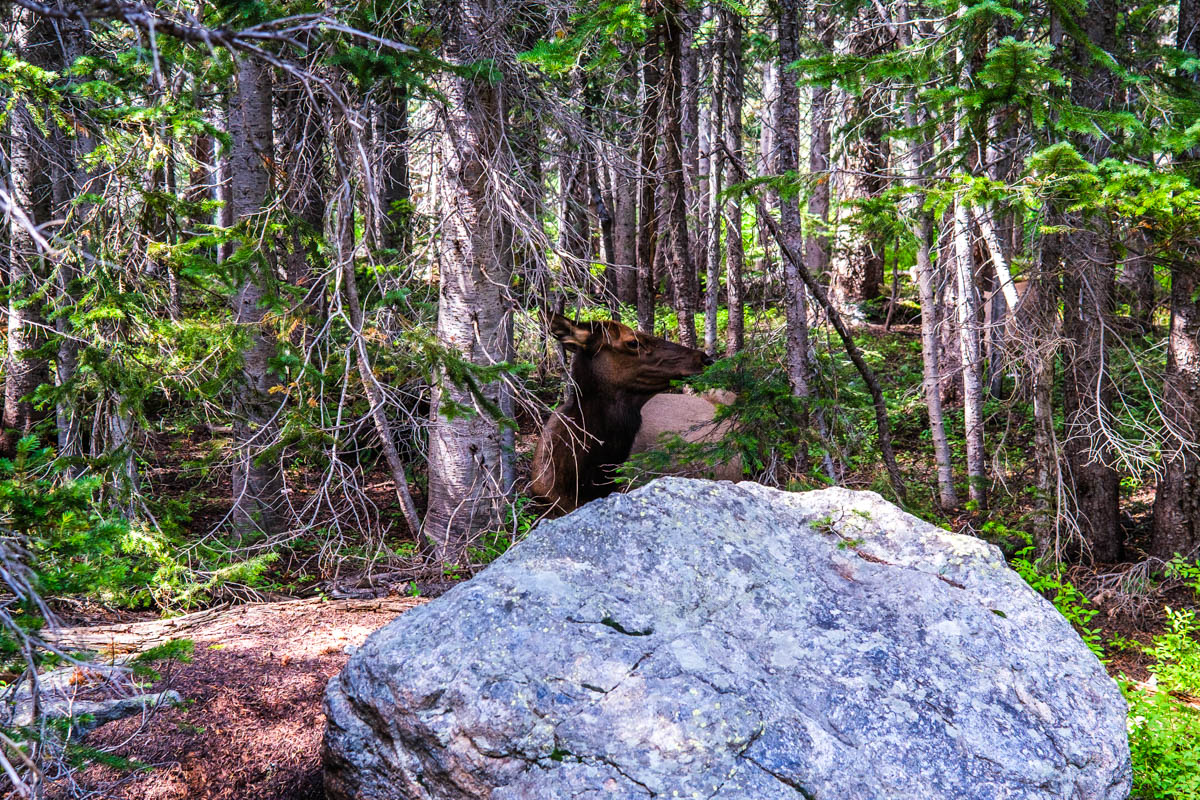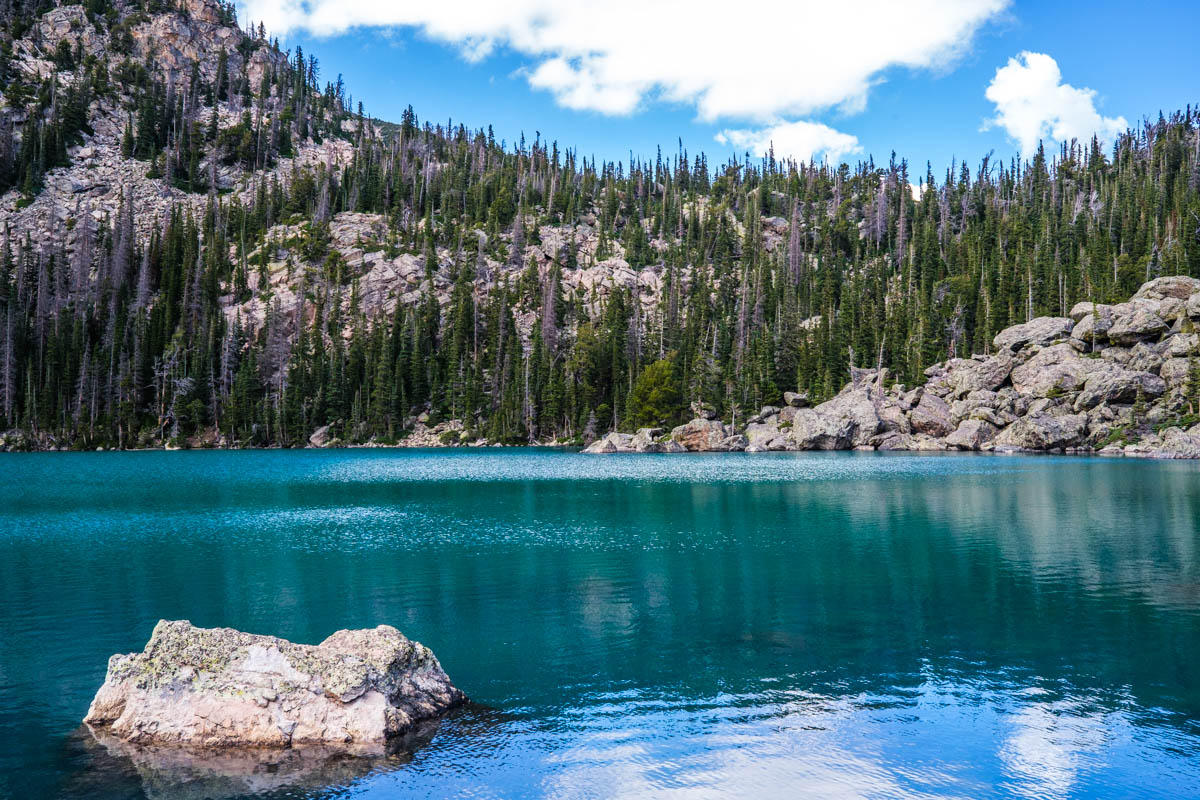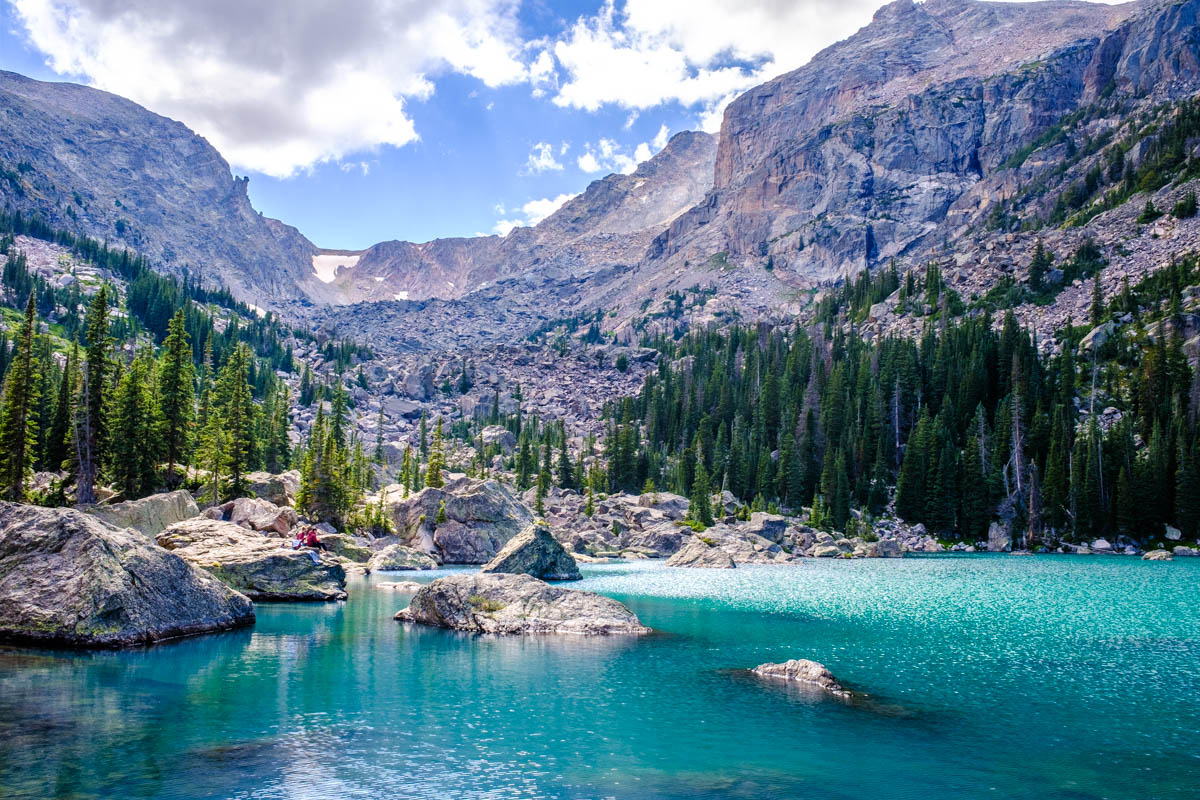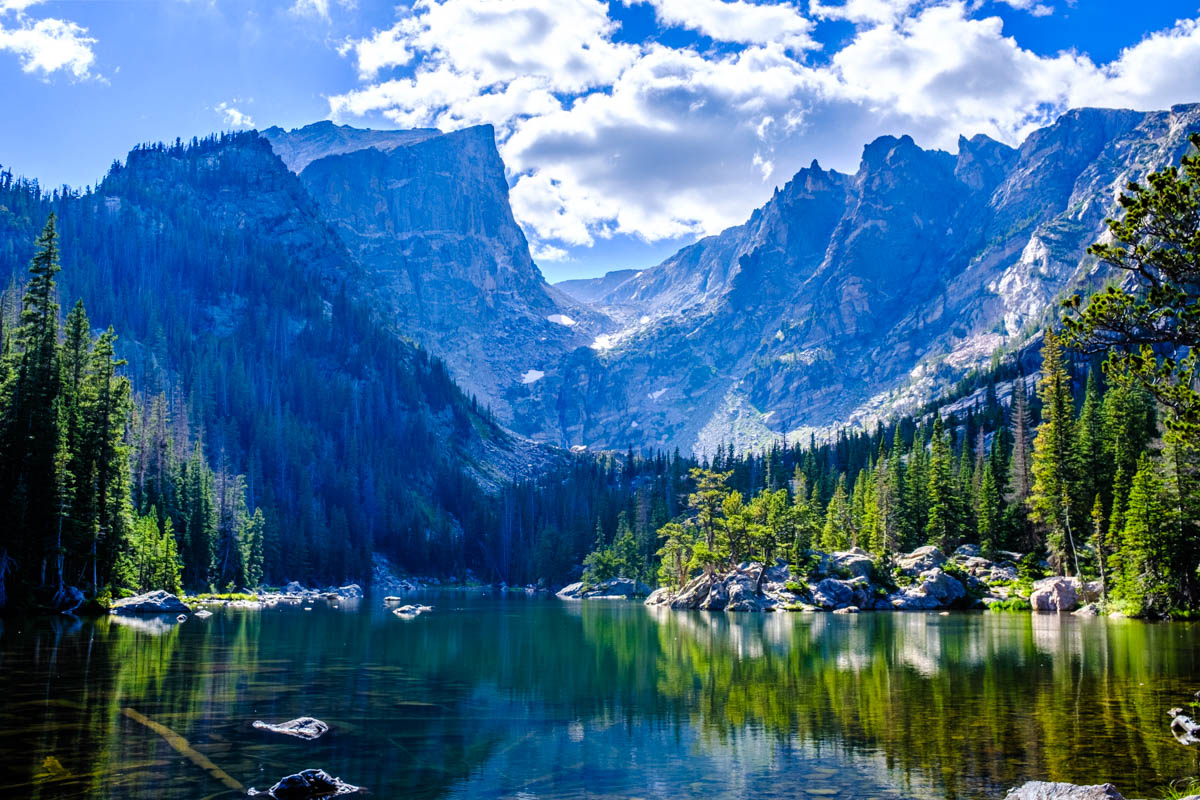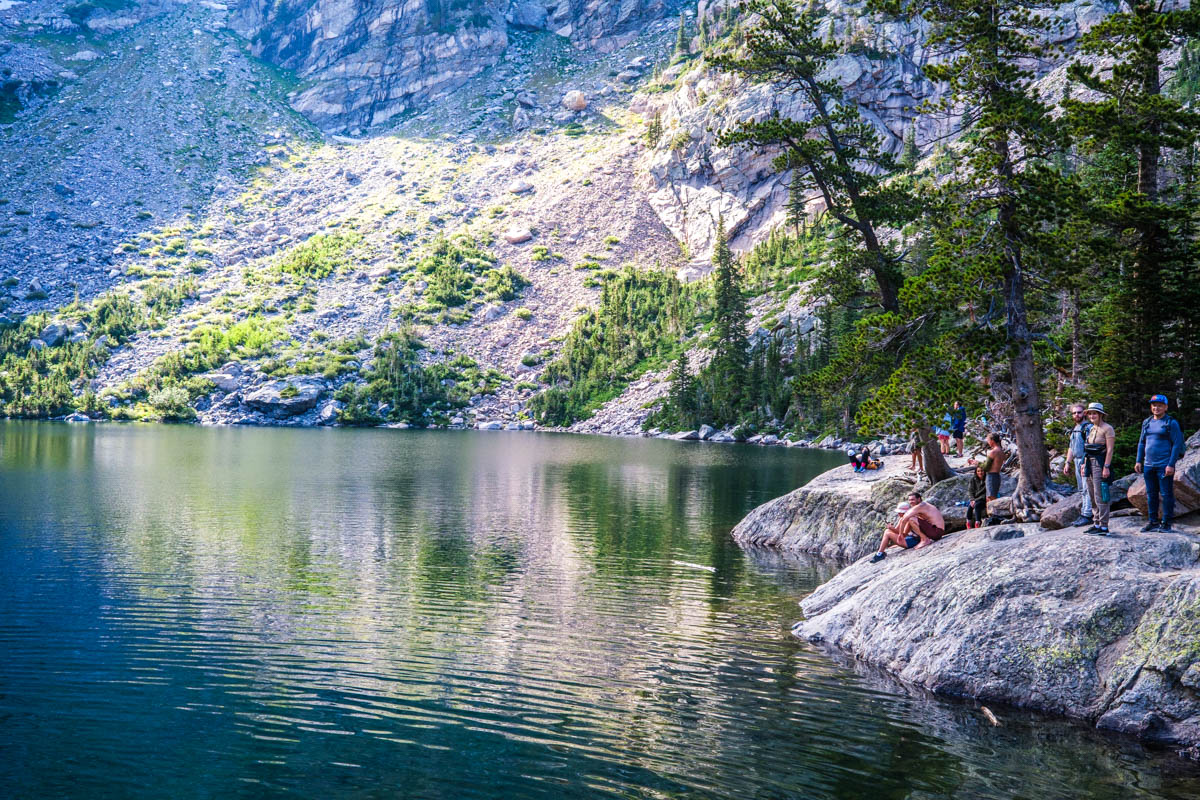FORT COLLINS | Rocky Mountain National Park is one of those natural wonders that needs little introduction. Even if you don’t know much about it, you know know that it exists. When you visit, it’s immediately apparent just why this is such a special place.
Located around an hour and a half drive from both Denver and Fort Collins, Rocky Mountain National Park straddles the continental divide, covering 415 square miles (265,807 acres) of diverse landscapes. There’s meadows, mountain peaks, alpine lakes, streams, trails, wildlife and more.
There are a lot of recreational activities on offer in Boise National Forest. Scenic drives, over 300 miles (480 kilometres) of hiking trails, horseback riding, fishing, and snowshoeing, and wildlife viewing. No matter your fitness level or experience in the great outdoors, there’s something for you.
In my guide, I’ll provide you with the essential information that you need to spend a weekend in Rocky Mountain National Park.
Plan Your Stay
Depending on where you enter the national park, you’ll have a different suite of activities available to you. Specifically, this guide deals with the area around Estes Park. It’s one of the most popular places for visitors to the Rocky Mountain National Park to base themselves, and is about equidistant from Fort Collins and Denver. Around 80% of all visitors to the park enter through the Estes Park gate, so plan for things to get busy during peak season.
Peak season is between July and October. The snow has melted for the most part, with all of the park’s trails clear to explore. There’s an abundance of wildlife, blooming wildflowers, and warm temperatures. If snow activities are your thing, than consider visiting outside of this period, but for everything else, July to October is when you’ll want to be there.
Beaver Meadows Visitor Center and Fall River Visitor Center are located west of Estes Park, and are worth stopping in to. Grab a physical map (mobile phone reception can be patchy in the forest), and have a chat with the staff about anything you should particularly be aware of at the time. Staff are also happy to offer suggestions based on your own preferences.
Passes And Permits
A valid entrance fee or park pass is always required to enter Rocky Mountain National Park, 24 hours a day, 7 days a week. All park entrance fees and passes are available for purchase at the park’s staffed park entrance stations, and can also be purchased in advance, online. The cost (as of Jan 2024) is between USD$15.00–$35.00, depending on the exact pass (e.g. individual, motorcycle, private vehicle).
A timed entry permit system isn’t currently operating, but did operate during peak season in 2023. The plan is for the same system to operate during 2024’s peak season (commencing 24 May 2024), and subsequent year’s peak seasons. The ‘Fees & Passes’ section of the official Rocky Mountain National Park website is the best place to visit for the most up-to-date information around passes and permits.
Specific activities, for example camping and overnight backpacking, require different passes. Check the park’s official website for specifics.
Enjoy The Scenic Drive
While driving into and through the park, you’ll be wowed by the diverse landscapes and scenery along the way. Route 34 (from Fort Collins) and Route 36 (from Denver) offer beautiful views and spots you’ll want to stop at to admire the natural beauty.
If you want a particularly impressive drive, be sure to go for a cruise along Trail Ridge Road. It’s a 48 mile (77 kilometre) high-alpine highway connecting Estes Park to Grand Lake, and the highest paved road in the United States. If you’re a cyclist, you can also ride your bike on this road.
Trails
There’s over 300 miles (480 kilometres) of hiking trails in Rocky Mountain National Park. They vary in altitude, length, and difficulty, with options for people of all fitness levels.
One of the most popular options is to do the trio of Nymph, Dream, and Emerald Lake. They’re all nearby, and unique in their own way. You can start by doing a leisurely stroll around Bear Lake, and then make your way to the other three.
Also nearby and do-able in the same day is Lake Haiyaha. This one’s a moderate hike to an alpine lake ringed with rugged cliffs and pines, within a glacial canyon. For me, it’s one of the most rewarding places to hike to in the park.
Other popular hikes include Alberta Falls, Sky Pond, Mills Lake, and Hallett Peak. For experienced hikers, Long’s Peak is where you’ll want to be heading. At 14,259 feet (4,346 metres) tall, it’s the highest point in Rocky Mountain National Park.
Summer Activities
Beyond the hikes and trails, there’s a lot that you can do in the park during the warm months. There’s picnic and camping options, as well as plenty of opportunities to view wildlife.
You’ll find 60 species of mammals, 280 recorded bird species, 11 species of fish, and countless insects in the park. There’s big animals like bighorn sheep, elk, and mule deer, and smaller ones like chipmunks and blue jays. Even if you’re not actively seeking out wildlife, chances are you’ll spot some during your visit.
If you’re a fan of fishing, you’ll be happy to know that the park contains over 50 lakes and many streams where you can fish. Note that a Colorado fishing license is required and special regulations exist, in order to maintain the area’s delicate ecosystem.
For those who enjoy horse-riding, there are two stables located within the park: Glacier Creek Stables and Moraine Park Stables. Both open in late May. There are also are many stables outside the park that are permitted to bring riders into the park.
Winter Activities
There’s no shortage of winter activities for those visiting Rocky Mountain National Park when the snow hits and the temperatures drop. Snowmobiling, snowshoeing, and downhill and cross-country skiing are just some of the activities on offer.
There 130 ski resorts in the park, located all over, including popular resort towns Aspen and Breckenridge. Even if you don’t want to do any activities, just spending time in one of these towns, relaxing by the log fire in a cabin is a worthwhile experience. Not to mention the plentiful good food and drink on offer.


